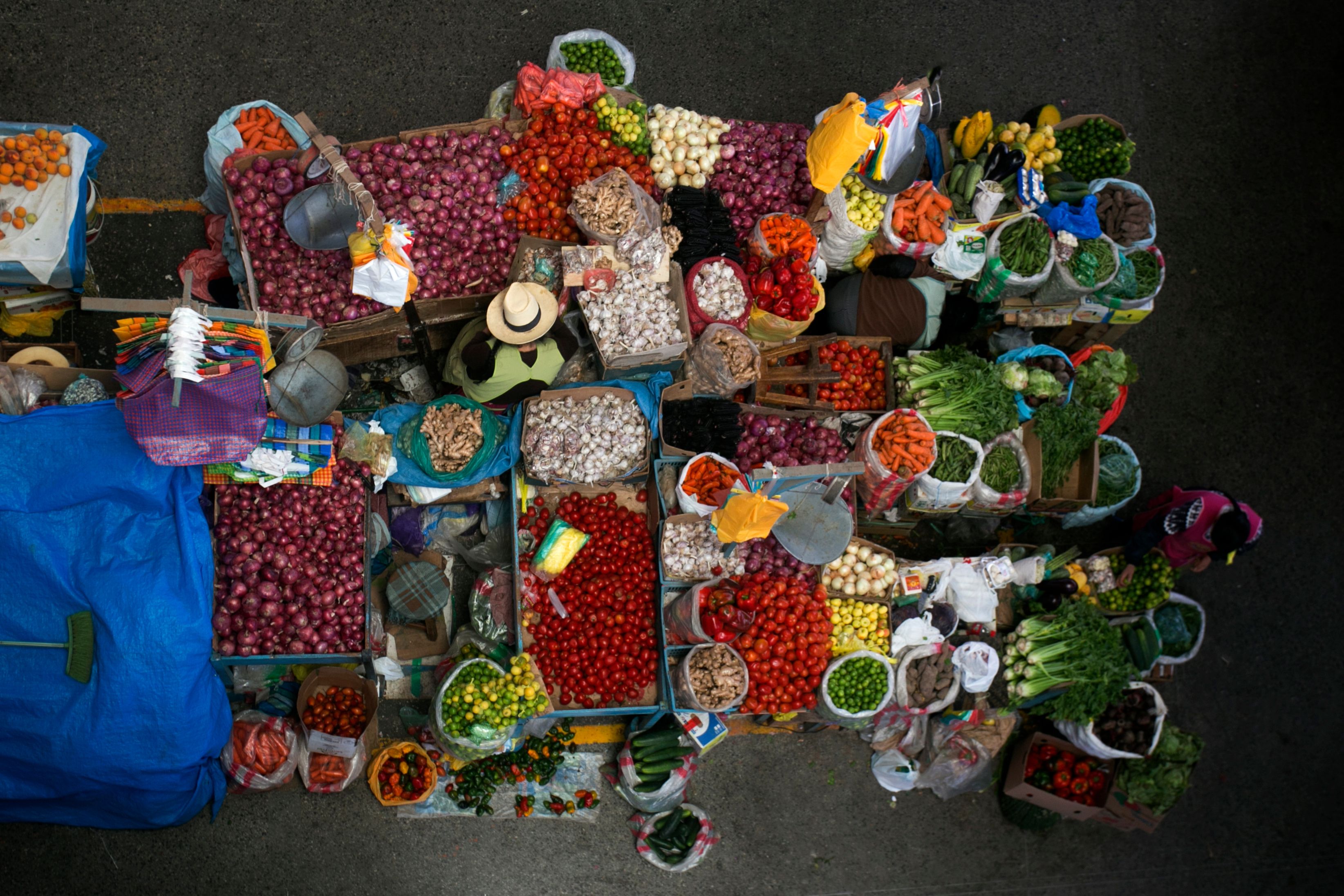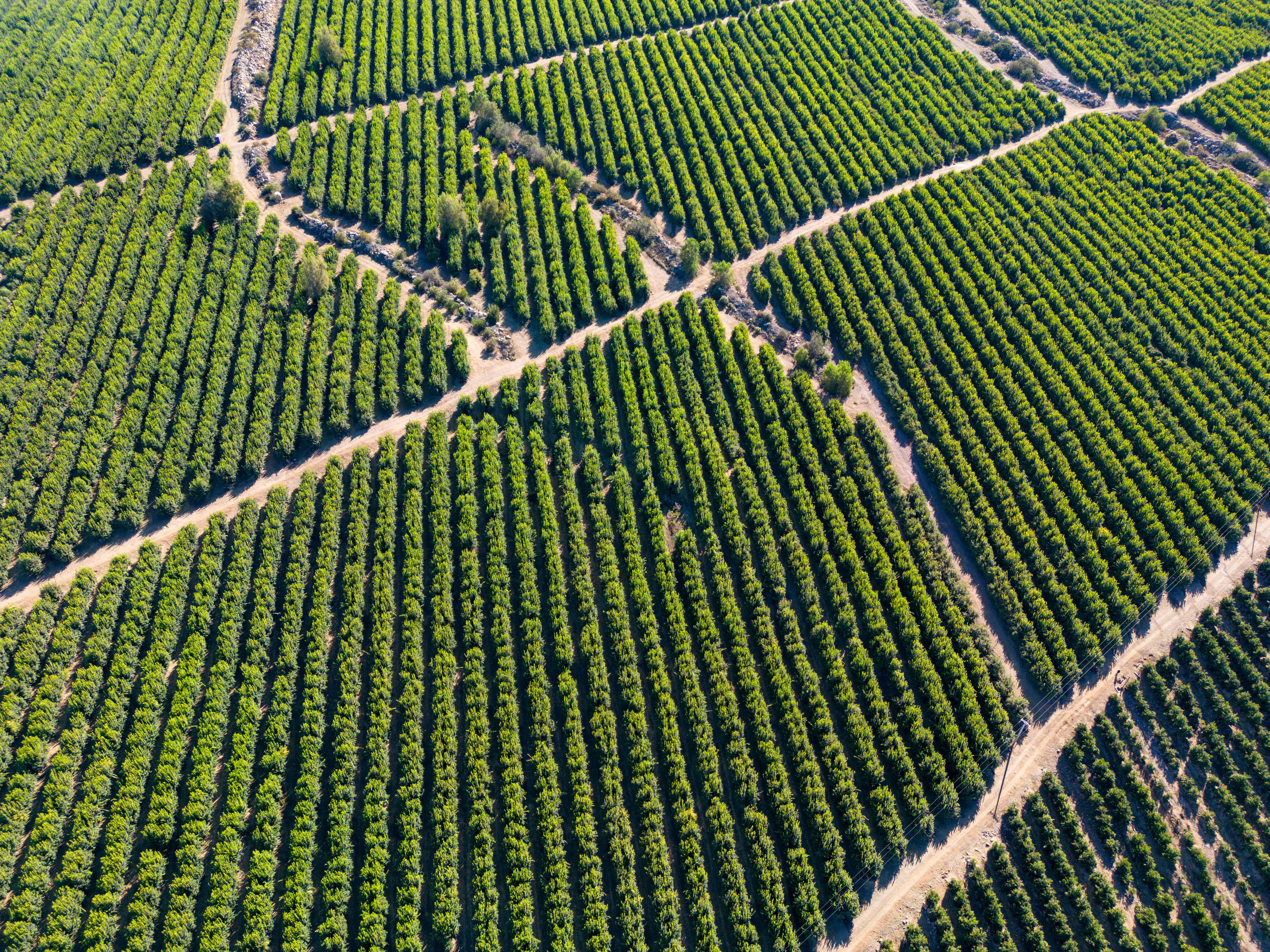What it is
Reducing meat and dairy consumption would lead to less and smaller herds and, ultimately, reduce emissions from livestock production. It would also improve South Americans’ health. The average consumption of protein from meat (beef, swine, poultry and sheep) in some South American countries (Argentina, Brazil, Chile, and Colombia) was 53 g/capita/day in 2019, ranging between 35 in Colombia and 63 in Argentina—that’s 30 grams more than the 23 grams per day recommended by the Global Burden of Disease Study. For these countries meat, excluding beef, supplies an average of 36 g/capita/day. Hence, protein intake in these countries exceeds nutritional demands when compared to target levels. In fact, swine, poultry, and sheep could fulfill all nutritional requirements. In other words, meat consumption can be decreased without jeopardizing nutrition.

Where can it be used
Everywhere.
How it works
This solution requires policymakers to develop and implement policies and programs that encourage people to reduce their consumption of meat and dairy products. Policies and programs can be targeted at individuals and organizations.
Strategies governments can adopt include, but are not limited to:
- Educational programs and campaigns that communicate the benefits of reducing dairy and meat consumption for health and the environment;
- National campaigns that encourage people to be vegetarian one or more days per week;
- Initiatives to encourage restaurants to offer more non-meat of reduce-meat meals;
- Adopting procurement strategies that reduce meat and dairy consumption to reduce emissions;
- Providing resources for organizations looking to reduce meat and dairy within their procurement approach;
- Phasing out subsidies and policies that lower the price of meat and dairy products;
- Subsidizing or provisioning other support to plant-based alternatives to meat;
- Labeling meat with an image of the head of the animal, which has been shown to reduce meat consumption;
- Incorporating information related to the food system and its climate impacts into the educational curriculum; and
- Updating nutritional guidelines to reflect climate impact considerations.

Who’s doing it
Non-profit organizations, such as Vegetarianos Hoy in Chile and Unión Vegana Argentina, have mounted public campaigns focused on avoiding meat on Mondays (#MeatlessMondays campaigns). In Chile, Vegetarianos Hoys seeks to shape policy and has collaborated with the national government. Joint initiatives include adding climate change, animal welfare, and food policies to the school curricula, as well as a change to public procurement law that requires the military and other public sector bodies to prioritize healthy, plant-based food. Chilean officials also created regulations that require mandatory labeling of vegan and vegetarian products to make it easier for customers to identify them.
Policy considerations
Laws, policies, and regulations
Governments at different levels can take measures to reduce meat and dairy consumption. National governments can mandate labeling and procurement regulations that favor less dairy and meat consumption. For example, national or regional free meal programs for students can be redesigned to provide less meat and more vegetarian meals. Governments may also update national nutritional guidelines with climate impact considerations, and reduce subsidies that lower the price of meat and dairy. Various levels of government can run educational campaigns and work with local businesses to introduce more plant-based options.
Communications
All policies should be backed by detailed communication strategies that consider what messaging will be most effective in the local context. In addition to providing information about the benefits of reducing meat and dairy consumption, communication strategies must also consider how to refute misinformation and misconceptions related to the issue.
Collaborating with influential organizations
Governments can expand their reach by collaborating with influential organizations, such popular nonprofit organizations or large businesses, to deliver educational campaigns and initiatives like #MeatlessMondays.
Inequitable impacts
The meat and dairy sector are economically significant in many Latin American countries. Reducing meat and dairy consumption will reduce jobs and opportunities in the sector, affecting farmers who raise cattle and other livestock, farmers who supply feed, workers in meat processing, and others. Farmers who own a small farm or have outstanding debts to meat companies, as well as those in vertically integrated supply chains, may be particularly affected. Tenant farmers may also struggle to transition to other products.
To minimize these negative impacts, governments can map out affected groups in the meat and dairy supply chain and develop initiatives to support them alongside policies reducing meat and dairy consumption. For example, farmers who supply livestock feed could be supported in transitioning to different crops or identifying alternate markets for existing crops. Regions that rely on the meat and dairy sector may need financial support and a strategy to diversify the economy and grow other industries. Indebted farmers may need support as meat consumption declines. Meat plant workers may benefit from skills training programs to transition to other jobs. The type and nature support will depend on local needs, as well as the desires of affected communities.
Socioeconomic status
Those with higher incomes tend to consume more meat and dairy, so focusing on them has the highest potential to reduce emissions.
